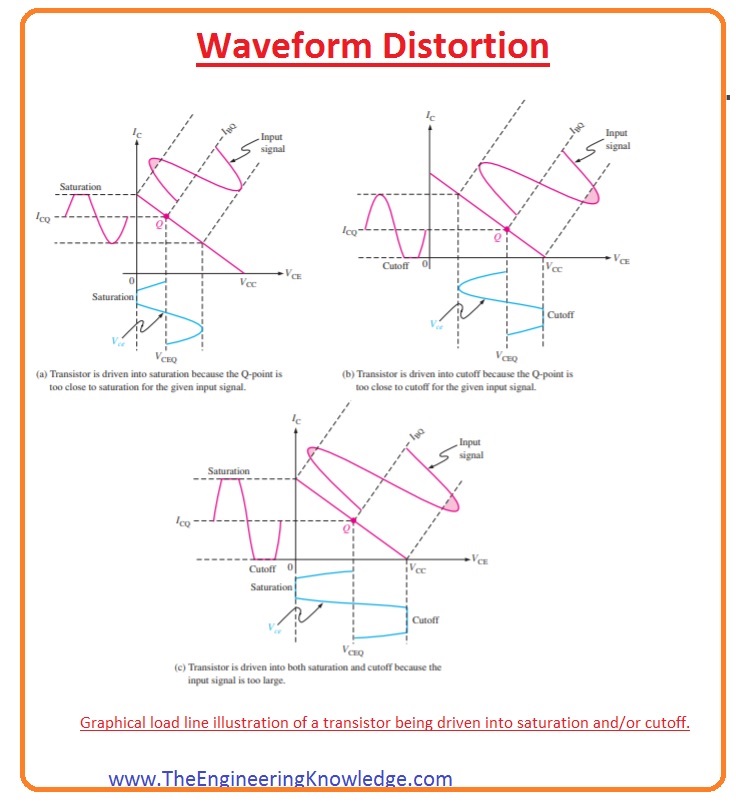Ok, so I've been continuing to play 
This is the current circuit - you'll note the front end being a differential amp, and from that point on - it's all phase split.

You'll note that it has a CCS on the front end (I2) - this works nicely, however trying the same on the second driver caused no end of issues so back to a cathode resistor (R9). Also I've disabled the DC servo as it seems to cause a problem that I need to get down to the bottom of. Anyway here's the output voltage and current (and the obvious DC offset):

Not bad into 32ohms. Just running a long 5 minute sim for an FFT.
27seconds of FFT after 30 secs of stabilisation:

Annoyingly everytime the screen saver kicks in the computation stops - doh!. Not bad noise base without any global feedback.
Edit: I found out why btw, the FFT is up to 1KHz - because I'd set 1ms as the max time step so the system will jump and accelerate when possible. Now I'm running the same at 20nS, the system is using ~670uS/S rate and it's been going since this morning ... it's modelled 12 seconds so far - so it's not even out of the 30 second stabilisation period (total 300 second simulation). A 300 second run will take 1,000,000/670 * 300 = 447,761 seconds.. or 5 days.
I need to work out how todo a faster calculation! It's running 12 threads on a 6core+HT 32GB Mac mini and only using about 18% CPU :/

This is the current circuit - you'll note the front end being a differential amp, and from that point on - it's all phase split.
You'll note that it has a CCS on the front end (I2) - this works nicely, however trying the same on the second driver caused no end of issues so back to a cathode resistor (R9). Also I've disabled the DC servo as it seems to cause a problem that I need to get down to the bottom of. Anyway here's the output voltage and current (and the obvious DC offset):
Not bad into 32ohms. Just running a long 5 minute sim for an FFT.
27seconds of FFT after 30 secs of stabilisation:
Annoyingly everytime the screen saver kicks in the computation stops - doh!. Not bad noise base without any global feedback.
Edit: I found out why btw, the FFT is up to 1KHz - because I'd set 1ms as the max time step so the system will jump and accelerate when possible. Now I'm running the same at 20nS, the system is using ~670uS/S rate and it's been going since this morning ... it's modelled 12 seconds so far - so it's not even out of the 30 second stabilisation period (total 300 second simulation). A 300 second run will take 1,000,000/670 * 300 = 447,761 seconds.. or 5 days.
I need to work out how todo a faster calculation! It's running 12 threads on a 6core+HT 32GB Mac mini and only using about 18% CPU :/
Last edited:



